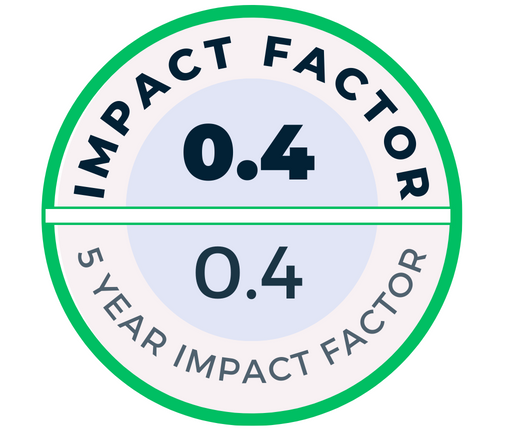Mammals’ immune systems react strongly to lipopolysaccharide, an endotoxin present in the outer membrane of gram-negative bacteria. Previous data show that the lipopolysaccharide challenge has a significant impact on reproductive function. This study aimed to explore the toxic effects of lipopolysaccharide on the uterine and ovarian tissues of female Wistar albino rats. Additionally, we investigated the effects of lipopolysaccharide on the expression of angiogenic and insulin growth factor 1 protein as well as oxidative stress markers in the uterus and ovaries. The experimental rats were allocated into two groups: (1) control group (n=8): received intraperitoneal injection of pyrogen-free 0.9% NaCl and (2) treatment group (n=12): single intraperitoneal injection of a non-lethal dose of lipopolysaccharide. Rats were sacrificed, and uterus and ovaries were collected at 6- and 72-hour time points after lipopolysaccharide infusion. The exposure of the female rats to lipopolysaccharide induced a significant change in the antioxidant activity in both ovarian and uterine tissues especially after 72 hours of exposure. The exposure of nonpregnant rats to lipopolysaccharide leads to the degeneration of the ovarian follicles and superficial epithelium layer of the uterus. Also, the exposure of female rats to lipopolysaccharide leads to the upregulation of angiogenic proteins in both the ovaries and uterus and decreased expression of insulin growth factor 1 and insulin growth factor R1, especially after 72 hours. In conclusion, lipopolysaccharide is considered as one of the most potent bacterial virulence factors that causes endometrial inflammation and reproductive disorders.
Cite this article as: Mostagir, A., Halawa, A., Elmetwally, M., Lashen, S., Rezk, S., Abdallah, A., Saed, H., Shalaby, N., Hammad, A., Abd Elmoaty, A. M., Bazeed, S., & Adlan, F. (2024). Lipopolysaccharide a!ects the oxidative stress markers, angiogenic and IGF1 mRNA expression in the uterus and ovaries of wistar albino rats. Acta Veterinaria Eurasia, 50(1), 47-57.


.png)


.png)